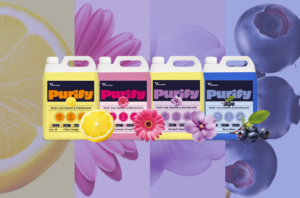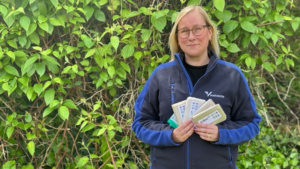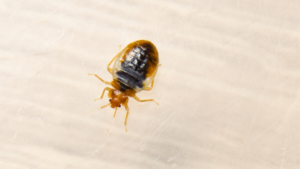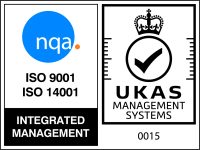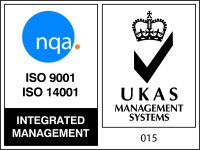What is a Method Statement?
From trips, slips and falls to exposure to bodily fluids and chemicals, risk is inherent in the role of a professional cleaner. While it is not possible to entirely remove that element of risk, it is possible to mitigate it through proper health and safety procedures. When it comes to safeguarding wellbeing, a method statement – which is essentially a tool for communicating risk – is integral in enabling cleaners to do their jobs efficiently, effectively, and, above all, safely.
Method Statements: Part of the Risk Assessment Process
As the United Kingdom’s Health and Safety Executive (HSE) explains here, method statements are a wider part of the risk assessment process. These documents describe the risks noted by standard assessment procedures and are to be used as safety guidance for those undertaking a potentially hazardous task and/or those working in dangerous conditions. Essentially, a method statement informs those performing a task not just about the hazards inherent in doing so, but how they can be controlled.
“A method statement also takes account of a company’s health and safety organisation and training procedures and may include arrangements to deal with serious or imminent danger. The method statement describes in a logical sequence exactly how a job is to be carried out in a way that secures health and safety and includes all the control measures. This will allow the job to be properly planned with the appropriate health and safety resources needed for it,” HSE adds.
The Pertinence of Method Statements to the Cleaning Industry
Unlike risk assessments, method statements are not a legal requirement. However, HSE notes that, as part of the wider framework of health and safety legislation, method statements are commonly used within the construction industry. However, they can be applied in any sector and – as professional cleaners face many potential hazards while undertaking even routine tasks – method statements are extremely pertinent to cleaners.
Describing the range of dangers faced by cleaning professionals, UNISON, the public service union, explains, “Cleaning work is demanding, and changes within the industry mean that cleaning staff work under tight deadlines. Many cleaning tasks involve heavy manual work and are physically demanding,” it adds. Additionally, cleaners may also risk injury and strain from repetitive movement and irritation to the skin, eyes and the respiratory system due to exposure to various chemicals and products.
With these risks in mind – and as UNISON explains here – employers have long had a legal duty to assess any and all risks to staff, including cleaning staff. For those cleaners who are contracted into a site or a facility, HSE also offers guidance to both contracting employers and contracted cleaners on their rights and responsibilities in terms of health and safety here. In these senses, method statements for those working in this sector can be considered part of the greater mesh of health and safety legislation, a mechanism that is essential in ensuring the continued wellbeing of professional cleaners, regardless of the environment in which they work or how they are employed
Points to be Included in a Method Statement
At a minimum, a method statement should provide a description of a task and exactly where it is to be undertaken. The Contractors Health and Safety Assessment Scheme (CHAS) provides further detail on what to include in a method statement here. It explains that every task should be divided into smaller steps, with advice offered at every step in order to mitigate risk. A method statement can and should be adjusted along with any given task.
Additionally, a method statement should outline any equipment to be used during a specific job and should, “…also include more general information, such as how many hours to spend on each task, the sequence of planned work, management and responsibilities, and emergency procedures.” To this, HSE adds, “The most effective method statements often include diagrams to make it clear how work should be carried out.”
When it comes to ensuring that a method statement is relevant to cleaning staff, those engaging professionals within this sector should consider not just the risks present in their own environment, but also the specialist guidance offered by HSE for the cleaning industry here and here. While it is understood that risk is an ever-present factor for cleaning professionals, a solid, carefully written method statement can be viewed as a tool to help ensure that those within this sector are able to undertake any task safely and securely.


